Dogs are very susceptible to tick bites and tick-borne diseases.
Vaccines are not available for most tick-borne diseases, so it is essential to use an effective tick preventative on your dog.
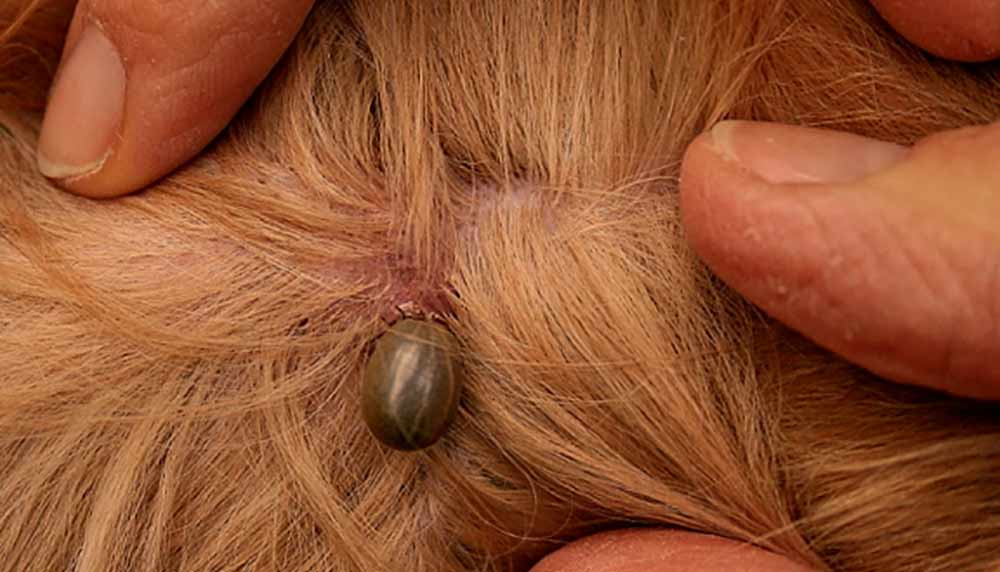
Check your dog and yourself regularly for ticks after walks in the woods or grassy areas. In dogs, pay particular attention to the paws (and between the toes), under the legs, on the lips, around the eyes and ears (and inside the ears), near the anus, and under the tail. Don't forget to look under your dog's collar as well. Finally, examine the bumps and part of the hair to check for any bumps you feel.
Signs of a tick infection in a dog:
- diarrhea
- swelling of limbs
- epileptic seizures
- muscle pains
- depression or unresponsiveness
- discharge from the nose or eyes
- loss of appetite
- fatigue
- fever
- skin inflammation
How to recognize ticks?
Knowing the different types of ticks and how to recognize them is essential.
- Paralysis ticks: Paralysis ticks are one of the most dangerous parasites affecting your pet, as they produce a toxin that causes paralysis in dogs and cats.

- Brown dog ticks: although brown ticks cannot cause paralysis, they can cause skin irritation. Larger infestations can cause anemia due to excessive blood loss. Brown dog ticks can also transmit potentially deadly infections from one dog to another.
- Brush ticks: bush ticks can cause skin irritation and transmit potentially fatal diseases (e.g., babesiosis) when bitten.
Ticks on dogs are usually the size of an apple seed and can vary in color depending on the species. Once the ticks attach themselves to the skin and feed on blood, they grow enormous. When this happens, they can be as big as your little finger.
Check your pet for ticks regularly, especially after spending time outdoors. Using gentle pressure, travel your fingers through the coat to feel for small bumps. Pay particular attention to ticks in the following areas:
- in and around the ears
- around the eyelids
- under the neck
- under the front legs
- between the hind legs
- between the fingers
- around the tail
Diseases in dogs that ticks can bring are dangerous
Some diseases caused by ticks can cause long-term health problems for the dog. Although antibiotics can clear up some infections, knowing they do not destroy the infection is essential. This means there may be a disease recurrence, even after several years.
Some long-term effects of tick-borne infections include canine ehrlichiosis, which can cause total or partial blindness. In addition, tick-borne diseases can be deadly for your pet. For example, infection with Lyme disease can cause potential kidney failure.
Diseases transmitted by ticks in dogs:
- borreliosis
- zoonosis
- babeziosis (piroplasmosis)
- tularemia
- hemobartonellosis
- tick paralysis
- anaplasmosis
- Ehrlichiosis
How to remove a tick from a dog
You can use special tweezers or specially designed tick removal tools to remove the tick. Grab the tick close to your dog's skin (by the tick's mouth), twist it, and pull it out. Be careful not to pinch the body of the tick. After removing the tick, store it in a closed container for your veterinarian to identify.

A dog can show signs and symptoms of tick paralysis even after the tick has been removed, so it is recommended that you monitor your dog closely for a few days. You should seek immediate veterinary attention if you have concerns about your dog's health. The most crucial step in the fight against ticks is prevention. Use the effect throughout the year. It ticks protection products.
Frequently asked questions about ticks in dogs
Proper tick removal - how does it work?
Prepare clean tweezers - preferably tweezers for dog ticks. Grasp the tick as close to the skin as possible and pull the tick straight out with a slow but firm pull.
You can also use the tick remover, a more elegant way to remove ticks.
After removing the tick from the dog's surface, dip it in isopropyl alcohol and write the date on the container. In the event of the development of any disease that a tick can transmit, a stored tick can be of great help.
Clean the wound where the tick was, disinfect it and protect it, and wash your hands thoroughly.






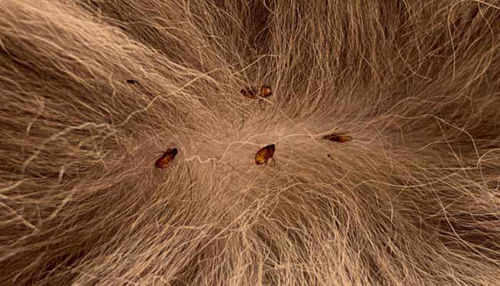
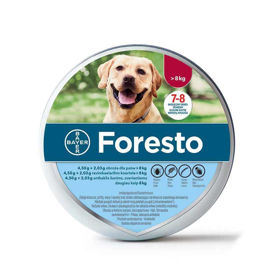

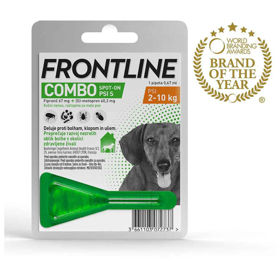
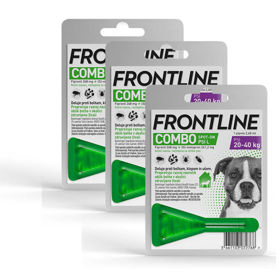

 Facebook
Facebook
 Instagram
Instagram
 info@moja-lekarna.com
info@moja-lekarna.com

